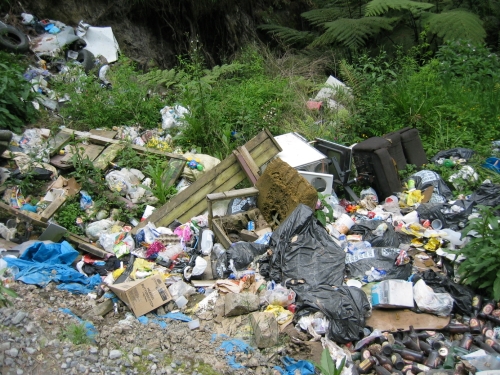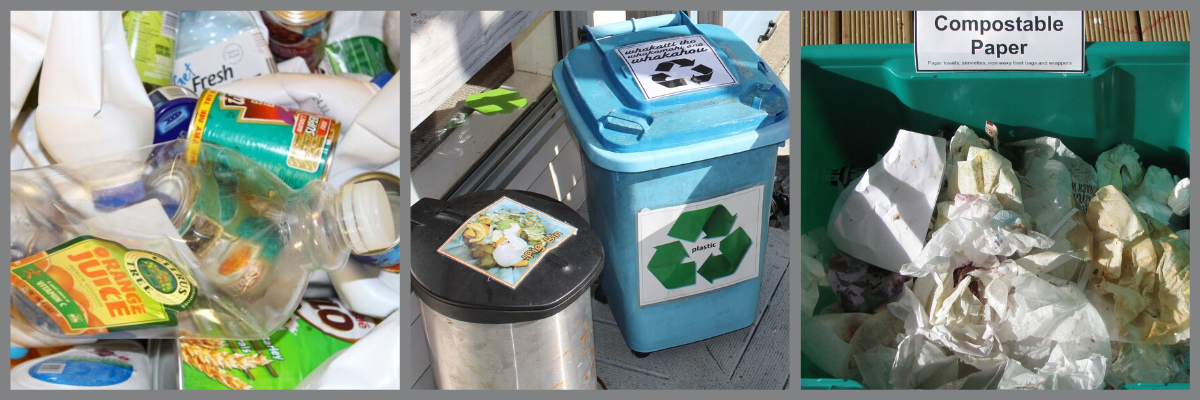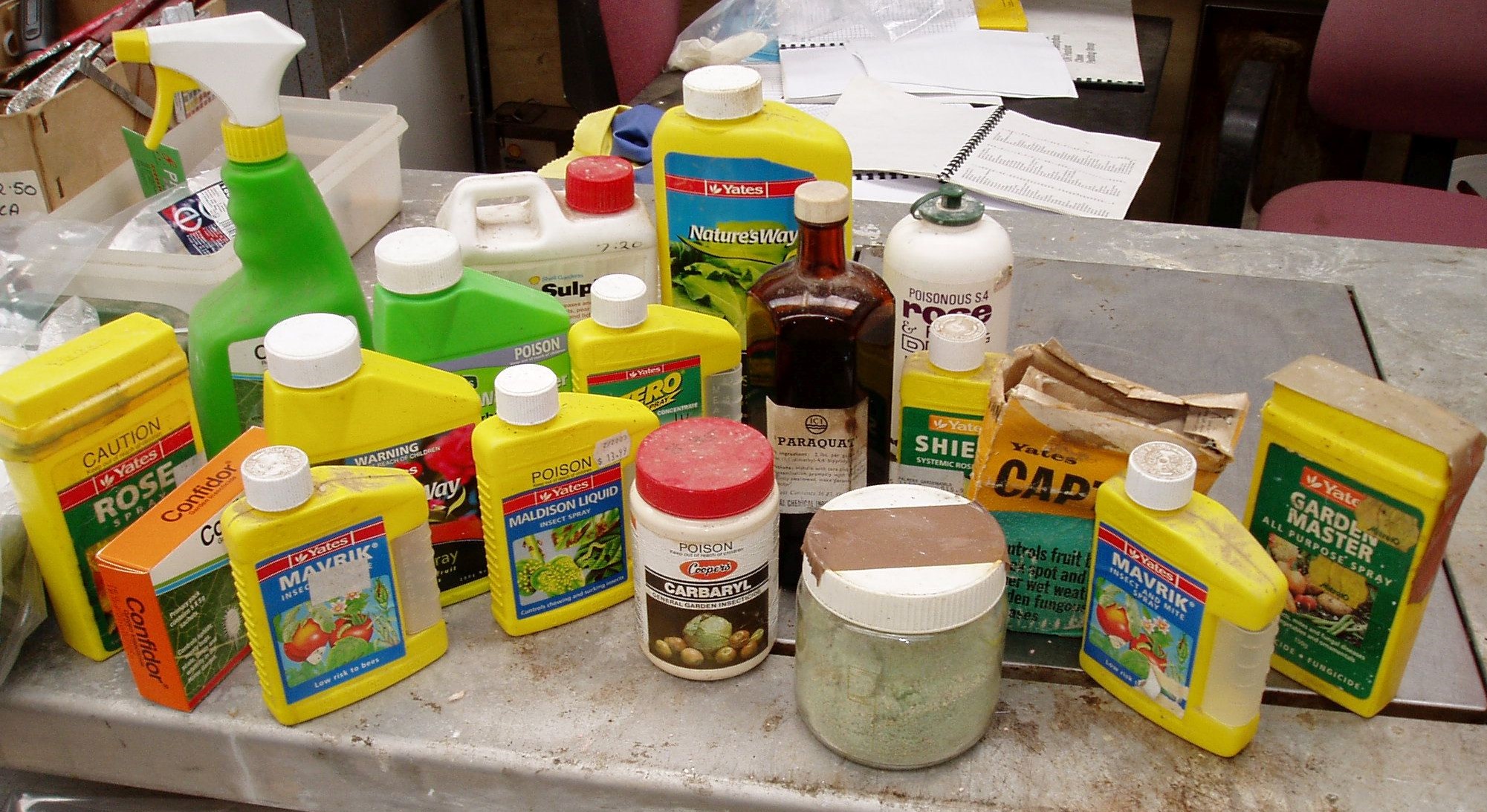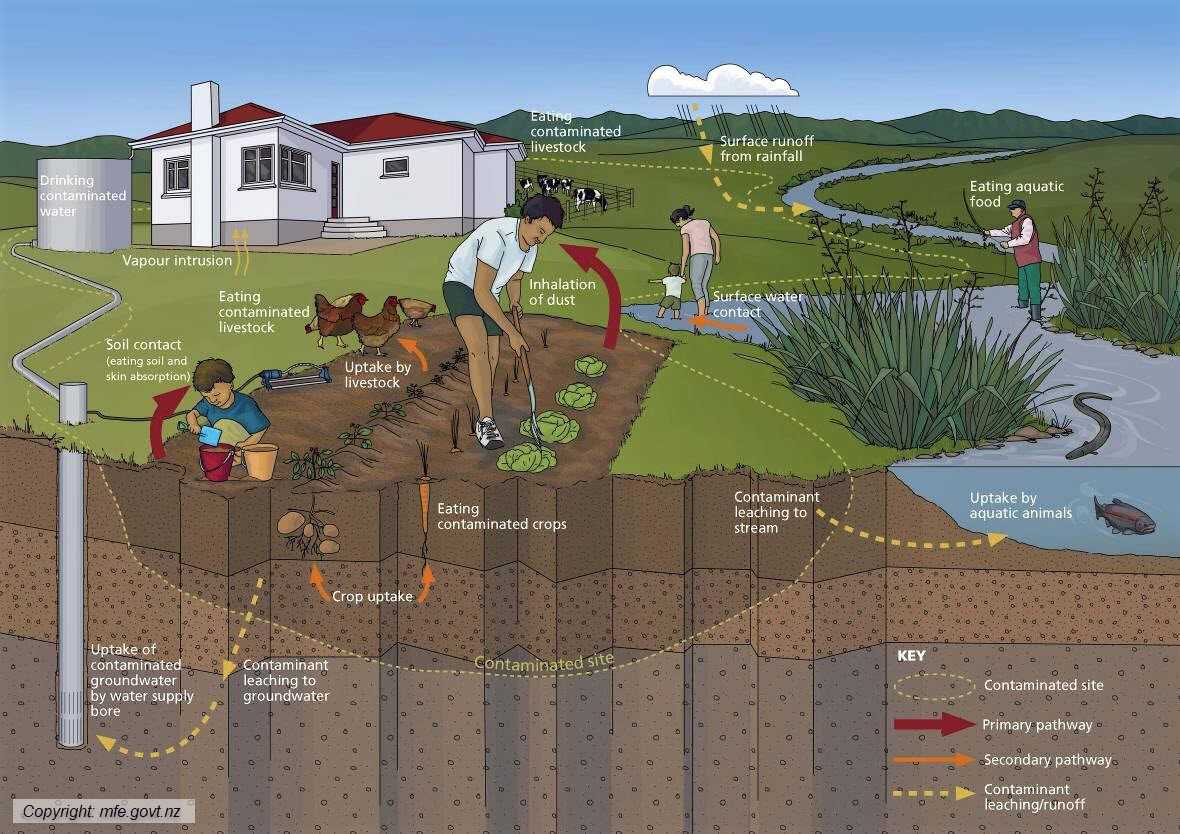Waste management
Northland Regional Council’s role and policies
Under the Resource Management Act, the Northland Regional Council’s responsibility is to monitor and regulate the discharges of contaminants into or on to land, air or water in Northland.
The mechanism for doing this is our Proposed Regional Plan which is the rulebook for the way Northland’s water, air, soil and coast are used and managed.
See the Proposed Regional Plan rules
The main waste management issues faced by the council and its communities are:
- the quantities of waste being produced
- the standard of waste treatment and disposal facilities
- illegal dumping of refuse, particularly along the coast and into waterways
- water discharges from boats and the lack of pump out facilities in popular mooring areas
- the impact of septic tank discharges in some settlements, especially along the coast
- extra waste, refuse and sewage generated by the influx of summer visitors to Northland, and
- the safe disposal of hazardous wastes.
Compliance/consents
Activities that do not meet the permitted activity criteria of our Proposed Regional Plan require a resource consent from the Northland Regional Council. Such activities include active landfills, waste transfer stations, some closed landfills and waste disposal from trade and industrial premises. These activities are monitored by regional council staff to ensure that that they do not have significant adverse effects on the environment and that all consent requirements are met.
Landfills
Landfills collect refuse and other land pollution in a central place.
In just one year, 19,500 tonnes of solid waste were sent to landfill in the Far North district; 47,120 tonnes in the Whangārei district; and 4,600 tonnes in the Kaipara district.
About 70% of this was household waste. This equates to an average of 283kg of household waste sent to landfill for each resident in the Northland region.
In Northland our solid waste (and some hazardous waste) is taken to a regional landfill at Puwera, about 9km south of Whangārei. The site is 84 hectares and has enough volume to provide refuse disposal for the Northland region for many years.
 Landfills are where rubbish should go - not down a roadside bank like this illegal dumping. Toxins can leach into our soils and pollute our waterways.
Landfills are where rubbish should go - not down a roadside bank like this illegal dumping. Toxins can leach into our soils and pollute our waterways.
Recycling
Recycling helps to reduce the amount of waste that’s buried in landfills and therefore is an important part of reducing land pollution.
Most of us in Northland can recycle our rubbish at home in a bin or bag approved by local district councils.
We can sort out our cans, plastics (only certain grades), glass, newspapers and cardboard for collection at the kerbside if we live on a rubbish collection route. If we don’t live on a rubbish collection route, we can take our rubbish bin or bag to the nearest approved collection point or waste transfer station. If we miss the weekly collection or we have a lot of rubbish, we can take it to a transfer station.
The systems are in place. It’s up to us to use them properly and reduce the amount of rubbish that ends up being dumped.

Let's get our recycling sorted, reduce our waste and look after our whenua.
Hazardous Waste
All households use substances that are hazardous to human health and the environment. This includes garden sprays that are harmful to plants and animals and toxic to humans, cleaning agents that can be corrosive or eco-toxic (toxic to the environment), flammable solvents and fuels, and swimming pool chemicals, which are corrosive or can oxidise.
Wastes that are classified as hazardous can be difficult to dispose of properly, especially from the point of view of transporting the wastes correctly and disposing of them in an environmentally friendly way.
The council has a programme to help Northland ratepayers dispose of small quantities (10kg/10litres) of household hazardous wastes and prevent the illegal or irresponsible disposal of these products.
In a three-year period, we collected, sorted and packaged 5053kg of hazardous wastes for disposal. Of this, 699kg was exported from New Zealand because the technology to treat the wastes locally is not available.
Businesses are expected to carry the financial costs of managing their own hazardous waste. We encourage all businesses to review their hazardous waste streams to see where waste can be eliminated, and in cases where this is impossible, we try and put systems in place for them to deal with commercial operators who can manage the waste appropriately.
 Some of the old agrichemicals that were delivered to an approved collection point.
Some of the old agrichemicals that were delivered to an approved collection point.
Find out more about disposing of hazardous waste
Contaminated Land
Contaminated sites occur throughout New Zealand on land used for activities like heavy industry, transportation and primary production. Land can also be contaminated unintentionally, when an accidental spill or environmental incident results in contaminants getting into the soil.
Northland Regional Council has a responsibility under the Resource Management Act 1991 to identify and monitor contaminated land.
Contaminated land is defined under the RMA as land with hazardous substances in or on it that are reasonably likely to have significant adverse effects on the environment (including human health).
The council manages a register of sites (known as the selected land use register, or SLR) that have been used for activities that have the potential to cause contamination. These sites are recorded on the register because of current or historic land use. The register is not a comprehensive list and is continually being updated.
Land can become contaminated when hazardous substances are not used, stored or disposed of in a safe way. Contamination is not always limited to a specific site. Hazardous substances may seep through the soil into groundwater or be carried to nearby land and waterways in rainwater or as dust. Hazardous gases can also pollute the air.

The different pathways by which humans can be exposed to contaminants in soil. (Diagram source: Ministry for the Environment).
The Ministry of the Environment maintains a Hazardous Activities and Industries List (HAIL), which is a list of activities and industries that have the potential to cause land contamination.
To access the HAIL, go to the Ministry for the Environment's contaminated land information at www.mfe.govt.nz
Councils use this list to identify sites that are potentially contaminated. Further investigation is necessary to determine whether the site is contaminated and the degree of contamination, in accordance with the Resource Management (National Environmental Standard for Assessing and Managing Contaminants in Soil to Protect Human Health) Regulations 2011 (NES).
